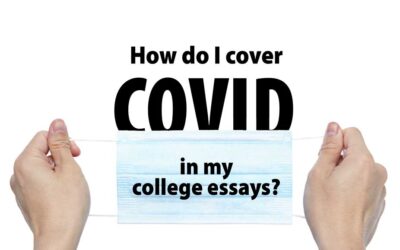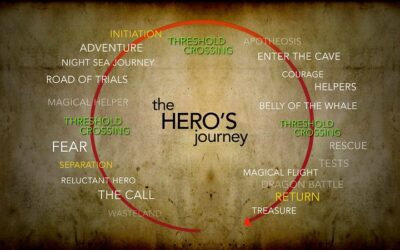We’ve talked previously about the value of telling a story and how stories can influence your audience to attach more value to the subject – in this case, you.
Let’s dig in now to what actually makes a story. Stories, or narratives, come in all shapes and sizes, from 600 page novels to 600 word essays, but at their heart they share some common, essential elements: characters, setting, and plot. How you utilize these elements plays a major role in how real your story will feel for the intended readers – your college admissions officers.
Characters
Good storytelling relies on strong characters and characterization: individuals that are described and set up so that readers can easily imagine these people as the story unfolds. One of these characters will almost certainly be you, the writer, as college essay stories are almost invariably personal.
One character, however, is unlikely to power your whole story. Try to include one or more additional strong characters to balance your story and add life. The other characters in your story may be friends, allies, or obstacles, but whatever role they play, invest some effort into making them real for the reader.
Setting
Another key aspect of making a story feel real for readers is establishing setting – the time and place in which the story takes place. This is a story element many writers omit or rush past, without considering how it affects the readers’ reaction. For instance, writing a story about being taunted by one’s peers can be set in a 3rd grade playground, or in a junior year locker room – the essential plots are similar, but the messaging and impact on the readers will differ greatly.
Plot
Speaking of plot, this is where things get interesting, because the action or conflict of the plot is truly the engine driving the readers’ interest (or lack thereof) in reading your essay. Good stories need a plot that makes the reader care about and invest in a resolution.
In other words, you want the college admissions officer to be hooked (preferably within the first few sentences) by the energy and consequence of your story, to the point where they feel compelled to finish reading to see how your story resolves itself.
Having established these key elements of telling a good story, our next installments will dig deeper into these elements and how to define them in terms of your own story and how to improve them to make your story as real for your readers as possible.
If you’re not sure that you’re crafting the best possible essay and making yourself stand out from the crowd of other applicants, contact us for a free consultation. i2i will happily review options with you to assist in improving existing essay drafts or to help you generate ideas if you don’t know where to begin.




